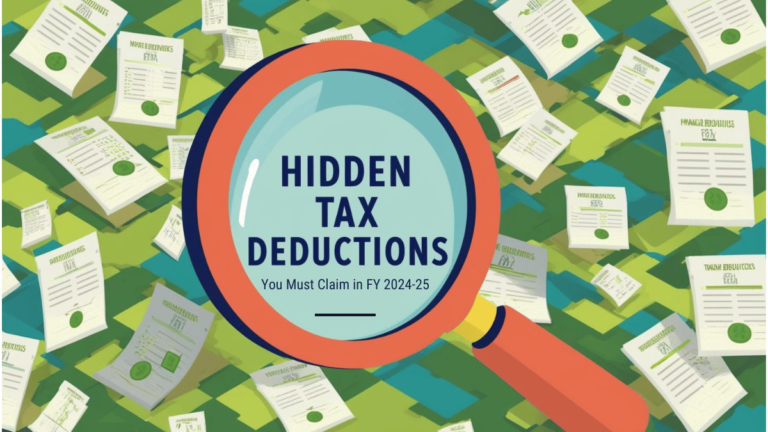why Trump announces 25% tariffs on India starting Aug 1
If Donald Trump announces 25% tariffs on Indian goods starting August 1, the decision would likely stem from a mix of economic, political, and strategic motivations—consistent with his “America First” agenda. Here are the key reasons behind such a move:
1. Retaliation Against India’s Trade Policies
- Trade Deficit Concerns: The U.S. had a $40 billion trade deficit with India in 2023. Trump has long criticized India for “unfair” tariffs (e.g., on Harley-Davidson motorcycles, whiskey, and tech products).
- Past GSP Removal: In 2019, Trump revoked India’s Generalized System of Preferences (GSP) benefits, affecting $6 billion in exports. A new 25% tariff could be an escalation.
2. Punishing India for Trade with Russia
- Russia-Ukraine War: India has refused to join Western sanctions and continues buying Russian oil, coal, and weapons (S-400 missiles).
- CAATSA Pressure: The U.S. could use tariffs as leverage to force India to reduce Russian imports or face even harsher sanctions.
- Alternative to Direct Sanctions: Instead of imposing CAATSA sanctions (which would hurt defense ties), Trump may use tariffs as a softer but painful penalty.
3. Protecting U.S. Industries Ahead of Elections
- 2024 Campaign Strategy: Trump has promised aggressive trade actions to protect American jobs. Targeting India (a major exporter of steel, pharmaceuticals, and textiles) could appeal to his manufacturing base.
- Countering China Indirectly: By pressuring India, Trump may aim to reduce reliance on Asian supply chains and push companies to shift production to the U.S.
4. Pressuring India on Other Issues
- Digital Taxes & E-Commerce Rules: The U.S. has opposed India’s digital service taxes on firms like Google and Amazon.
- IP & Pharma Disputes: U.S. drugmakers accuse India of weak intellectual property (IP) enforcement (e.g., generic drug production).
- Market Access Barriers: American dairy, medical devices, and agri-products face restrictions in India.
5. Sending a Message to Other Allies
- Warning to “Neutral” Countries: If India (a major U.S. partner) faces tariffs for dealing with Russia, it signals to others (like Turkey, Saudi Arabia) that trading with U.S. adversaries has consequences.
- Deterring China Sympathizers: Trump may be testing how far he can push non-aligned nations before they pivot toward China.
What India Can Do in Response
- Retaliatory Tariffs (e.g., on U.S. apples, almonds, and luxury goods).
- WTO Complaint (as it did in 2018 over U.S. steel tariffs).
- Accelerate Trade Deals with EU, UK, UAE to reduce reliance on the U.S.
- Defiance on Russia (buy more discounted oil, deepen BRICS ties).
Bottom Line
Trump’s 25% tariff threat would likely be a negotiation tactic—aimed at forcing India to:
✔️ Reduce trade barriers for U.S. goods.
✔️ Cut Russian oil/arms deals.
✔️ Align more closely with U.S. geopolitical goals.
If India refuses, a full-blown trade war could erupt, damaging both economies and weakening the Quad alliance against China.
Would you like an analysis of how this compares to Trump’s 2018-2019 trade wars with India?



